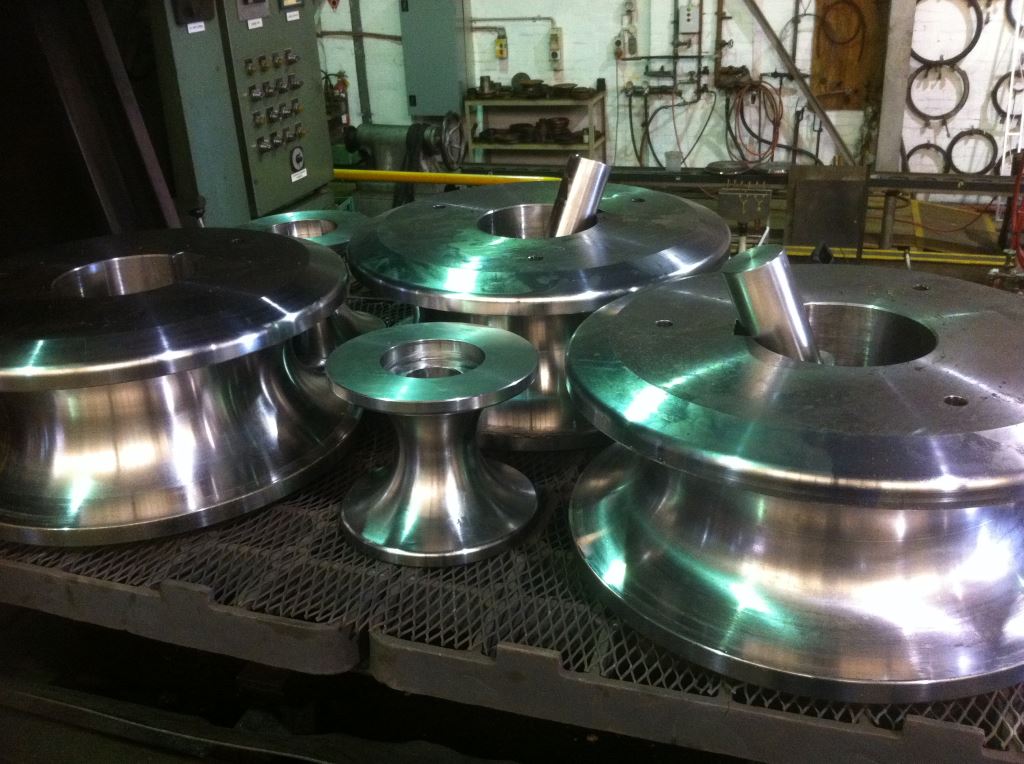
Maximise wear resistance using oil & air hardening steels, where Alpha Detroit Heat Treatment ensures high-quality processing for industrial needs.
Comparing Oil vs. Air Hardening Steels for Durability
Oil hardening steels achieve greater toughness and reduce distortion by cooling components more gradually. This method enhances wear resistance, making it ideal for tools and mechanical parts subjected to repeated impact.
Air hardening steels provide excellent dimensional stability due to their slower cooling rate, minimising warping during heat treatment. Their higher hardenability makes them suitable for precision components that require superior strength without additional stress.
Choosing between these methods depends on the required durability and application, as oil hardening offers enhanced shock resistance while air hardening ensures minimal deformation. Both processes deliver reliable performance, supporting diverse industrial manufacturing needs.
Applications of Oil & Air Hardening Steels in Manufacturing
Oil and air hardening steels provide the strength and wear resistance required for demanding industrial applications. Their controlled hardening processes ensure durability and dimensional accuracy in critical components.
• Cutting Tools: Drill bits, saw blades, and milling cutters require both oil and air hardening steels for superior edge retention and wear resistance. These steels enhance tool longevity, ensuring precise and efficient cutting in industrial applications.
• Punches and Dies: Stamping and forming dies rely on both hardening processes to maintain hardness and resist cracking under repeated pressure. Their durability ensures consistent shaping of metal components in manufacturing.
• Automotive Gears and Shafts: High-performance gears and shafts use oil and air hardening steels to withstand friction and torque stresses. These materials prevent premature wear and failure, ensuring smooth and reliable operation.
• Aerospace Components: Landing gear parts and turbine blades require hardening processes to enhance strength while minimising deformation. Their resistance to extreme temperatures and mechanical stress ensures long-term performance.
• Bearings and Bushings: Both oil and air hardening steels improve the load-bearing capacity of industrial bearings and bushings. Their hardened surfaces reduce friction and wear, extending service life in machinery and vehicles.
• Machine Tooling: Lathes, presses, and CNC machine parts rely on these steels for dimensional stability and impact resistance. The controlled hardening process ensures precision and durability under heavy workloads.
• Firearm and Defence Components: Barrels, trigger mechanisms, and other critical firearm parts require high-strength steels to handle repeated impact. Hardened surfaces enhance performance, accuracy, and longevity in demanding conditions.
• Structural Fasteners and Bolts: Heavy-duty fasteners used in bridges, construction, and mechanical assemblies benefit from oil and air hardening steels. Their hardened cores prevent deformation, ensuring secure and long-lasting connections.
The Advantage of Choosing the Right Hardening Process
Choosing the appropriate hardening process can significantly impact the performance and durability of components. Alpha Detroit Heat Treatment offers comprehensive solutions for both oil and air hardening steels, ensuring that the right process is applied to suit the specific demands of your project.
Discover our specialised heat treatment solutions designed to strengthen and extend the lifespan of your critical components.
For more technical information about the topic, read this content: Oil Hardening vs Air Hardening: What’s the Difference?
Optimized by: Netwizard SEO
